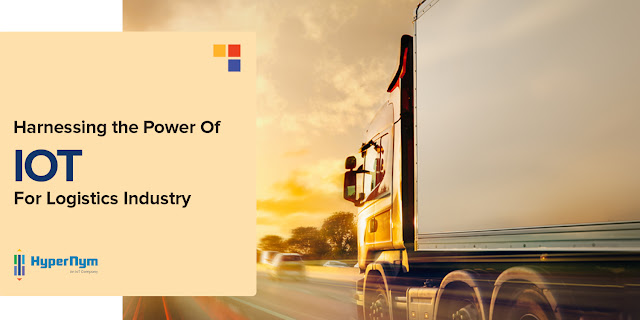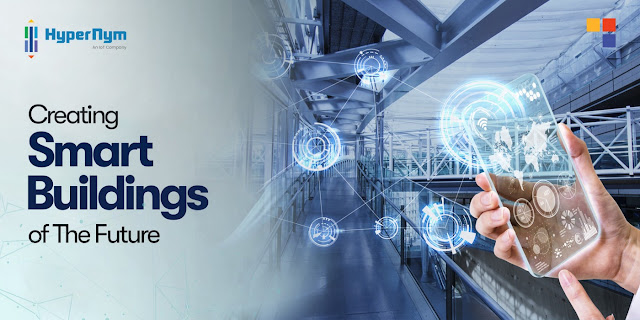How IoT integration with ERP system can bring business benefits

Imagine you’re running a small to medium-sized business (SMB), managing multiple assets, equipment, and resources. As the business grows, so do the complexities and challenges required to smoothly operate it. An integrated tool is required that will provide a better line of sight of business operations for ergonomic planning and resource allocation. Without an integrated tool, companies tend to operate in a siloed approach, with each department operating its own disconnected system. So what is an ERP? ERP, or enterprise resource planning, is a method used by companies to manage, integrate, and analyze the various aspects of their business. ERP software applications help businesses implement resource planning by integrating all the processes they need to run their businesses with a single system. ERP software can also help you coordinate purchasing, inventory, sales, marketing, financial, human resource, and more tasks. When it comes to ERP software, it has become quite a typical trend ...

